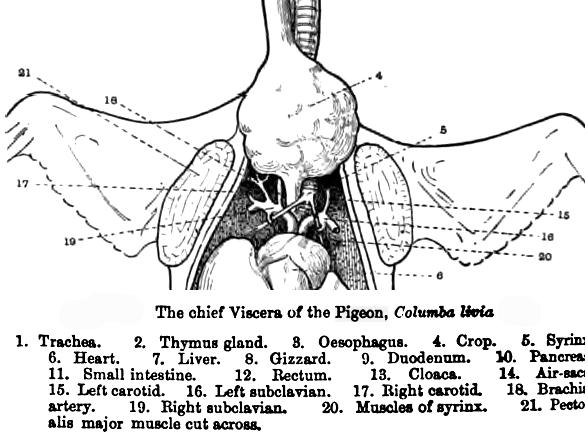Various Birds - Do you know why a bird can sing. Here I will reveal the reasons why bird can sing.
The Cause Of Why Birds Sing?
Passerine could relate gratitude as well as a poet and also a musician. Loud, her voice is one of the most beautiful phenomena produced by nature. And this being a delicacy for lovers of birds chirping, their songs melodious sounding in our ears is actually a result of ' animal instinct ' them against predators, her partner, and also birds like to show power over its territory. If translated into our language, Twitter of birds the same as ' Go ' and "you Came to me '.
Read Also: Get To Know Birds Cockatiel
Songs sung in them formed by their environment, as well as a Rap musician who has ' intonansi/tone tune ' different from other musical styles, such as dangdut, even a bird can sing certain songs with titles like sing mcknigh.
For example, birds nightingdale who sang more than 300 different songs in every booms, the Canaries were able to sing for 30 seconds by holding his breath, even one of the musicians from England David hindley mengeksperimen birds with slow intonation booms and found similarities between the birds chirp of with beethoven's fifth symphoni Orchestra.
The average bird singing to show their ' personality ' or ' ' interest for the female and apart from the EP the bird also has a way different style and in making the female interested. That's the reason why he sang with so sonorous.
Then how can a bird chirping sound that is so complex and capable of singing nonstop to draw breath.
Read Also: Basic Guide to how to keep the birds chirping for beginners
The ability of birds coming from the unusual structure of their vocal organ. Syrinx is a sound-producing organ in birds, this is the equivalent of a human voice box. The membrane contains a Syrinx vibrate and produce sound waves when air from the lungs through it. The muscles that control the details of syrinx producing loud; While birds with system more complex vocal muscles produce the chirp-chirp more complex.
Schematic drawing of an avian syrinx
- last free cartilaginous tracheal ring,
- tympanum,
- first group of syringeal rings,
- pessulus,
- membrana tympaniformis lateralis,
- membrana tympaniformis medialis,
- second group of syringeal rings,
- main bronchus,
- bronchial cartilage
Unlike our ballot box located in the upper part of the trachea, the syrinx is located much lower birds below. At the intersection of two air duct that leads directly to the lungs.
This means that syrinx has two potential source of sound, one in each of the bronchus, membranes separate on each bronchus generates separate, which is then blended when entered into the higher vocal tract. This indicates that birds can produce a sound that is much larger than on ordinary human

